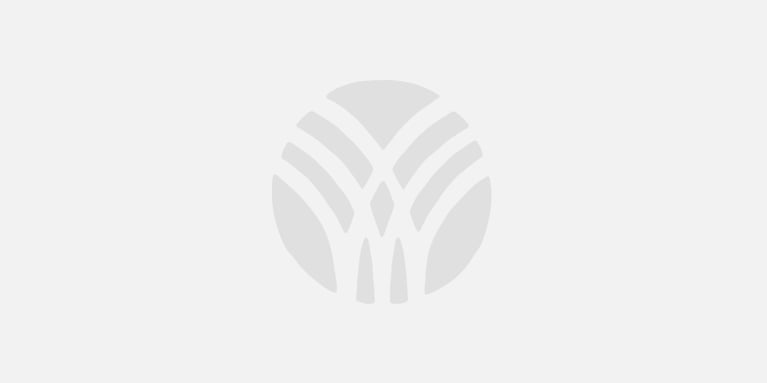Respiratory and breathing issues

Overview
Respiratory and breathing issues encompass a range of conditions that affect the lungs and airways, leading to difficulties in breathing and reduced oxygen intake. These issues can be acute or chronic and vary in severity. These conditions can range from mild, short-term problems like seasonal allergies or respiratory infections to severe, chronic diseases such as asthma, chronic obstructive pulmonary disease (COPD), and pulmonary fibrosis. When the respiratory system is compromised, it can lead to difficulty in inhaling and exhaling, reduced oxygen levels in the blood, and an overall decline in physical health[1].
Types of Respiratory and breathing issues
These are the common types of respiratory issues[2]:
- Hyperventilation: Hyperventilation occurs when you breathe too fast, causing an imbalance in your body’s carbon dioxide levels. It can lead to dizziness and confusion and is often triggered by anxiety or exercise. Treatment includes slow, deep breaths or covering one nostril.
- Dyspnea: Dyspnea is the feeling of shortness of breath, often linked to heart or lung issues. It can also occur due to obesity or physical inactivity. It may require breathing exercises or oxygen. Types include orthopnea (shortness of breath when lying down) and platypnea (shortness of breath when standing).
- Bradypnea: Bradypnea is when breathing becomes unusually slow, potentially indicating low oxygen levels. It can be caused by conditions like sleep apnea or a drug overdose and may require medical attention if persistent.
- Tachypnea: Tachypnea is rapid breathing, often seen in conditions like pneumonia or COPD. It’s the body’s response to insufficient oxygen intake and can also occur in infants or obese individuals.
- Hyperpnea: Hyperpnea is deep breathing, usually from physical activity or conditions like heart failure. It increases air intake but doesn’t necessarily involve faster breathing.
- Apnea: Apnea is when breathing temporarily stops, often during sleep. It can be obstructive or central, and sometimes leads to Cheyne-Stokes breathing, which alternates between deep and shallow breaths.
- Kussmaul Breathing: Kussmaul breathing involves deep, rapid breaths and is often seen in diabetic ketoacidosis. It helps balance blood acidity but can lead to fruity-smelling breath due to increased ketones.
Signs of Respiratory Distress
These are common signs shown by someone who is in respiratory distress[3]:
- Breathing Rate: An increase in breaths per minute may indicate difficulty breathing or insufficient oxygen intake. It’s a common sign of respiratory distress.
- Color Changes: Bluish or pale skin, especially around the lips or nails, suggests a lack of oxygen. This is a clear sign that the body is not getting enough air.
- Grunting: Grunting during exhalation is the body’s attempt to keep the lungs open and retain air. It can indicate severe difficulty in breathing.
- Nose Flaring: Flared nostrils while breathing suggest the person is struggling to get enough air, and their body is working harder to breathe.
- Retractions: The chest sinking in beneath the neck, breastbone, or ribs with each breath shows that the body is trying to force air into the lungs. It indicates respiratory distress.
- Sweating: Excessive sweating, especially on the forehead with cool or clammy skin, can happen when the body is trying to breathe quickly or under stress.
- Wheezing: Wheezing is a high-pitched, whistling sound made when breathing, often caused by narrowed airways. It’s a sign that the person is struggling to breathe.
- Body Position: Leaning forward while sitting is an instinctive position to aid breathing. It’s a warning sign that the person may be nearing collapse due to respiratory distress.
Respiratory Issues and TCIH Approaches
- Breathwork: Breathwork can be a valuable practice for individuals experiencing respiratory and breathing issues, as it helps improve lung capacity, regulate breathing patterns, and enhance overall oxygen intake. Techniques such as deep abdominal breathing, 4-7-8 breath, or breath of fire can help reduce symptoms like shortness of breath, wheezing, and anxiety. Practicing these breathing techniques regularly can help individuals strengthen their respiratory muscles, improve oxygen efficiency, and manage stress, making it a beneficial complement to other treatments for respiratory issues[4].
- Forest therapy: Forest therapy, also known as "Shinrin-yoku," has been shown to offer significant benefits for respiratory and breathing issues by promoting relaxation and enhancing lung function. Research highlighted in the MDPI study[5] reveals that spending time in forest environments can improve overall respiratory health by reducing stress and lowering levels of inflammation, both of which are linked to better breathing capacity. Additionally, the calming effects of forest therapy contribute to better autonomic nervous system regulation, further supporting healthy breathing patterns and lung function[5].
- Yoga: Yoga can be a helpful remedy for respiratory and breathing issues by improving lung capacity, enhancing respiratory efficiency, and promoting relaxation. The practice encourages deep breathing through controlled techniques like pranayama, which focuses on regulated inhales and exhales, helping to increase oxygen intake and strengthen respiratory muscles. Yoga postures also aid in opening the chest, improving airflow, and reducing stress, which is often a contributing factor in respiratory problems. As discussed in the article from Omron Brand Shop, regular yoga practice can be particularly beneficial for individuals with conditions like asthma, bronchitis, or chronic obstructive pulmonary disease (COPD), supporting both physical and mental well-being[6].
Therapies that may assist this symptom:
References
1. What causes difficulty breathing? Medical News Today; 2024.
2. Types of Breathing Problems, Explained. WebMD; 2024.
3. Signs of Respiratory Distress. John Hopkins Medicine; 2025.
4. https://www.hopkinsmedicine.org/health/conditions-and-diseases/signs-of-respiratory-distress. WebMD; 2023.
5. Antonelli M, Donelli D, Maggini V, Firenzuoli F, Bedeschi E`. Forest Exposure and Respiratory Function: A literature review. MDPI; 2021.
6. Yoga: A Remedy for Respiratory Illness. OMRON; 2024.